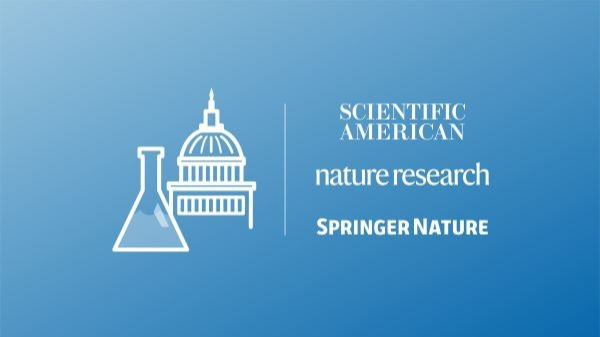The sixth annual Science on the Hill event brought together policy leaders and scientists in a panel discussion on the best available scientific evidence about approaches for reducing climate change through climate-smart agriculture.
Agricultural activities account for 11% of U.S. greenhouse gas emissions. While broader land use, land-use change, and forestry remove roughly the same amount of carbon, evidence suggests opportunities for the agricultural sector to both reduce its contributions to U.S. emissions as well as sequester carbon from other sectors. Panelists shared their perspectives on opportunities that help producers thrive, support the economy, and promote healthy ecosystems, and discussed implications for policy options, including for relevant portions of the Farm Bill.
The discussion addressed the following questions:
- How does U.S. agriculture contribute to climate change?
- What are climate-smart agricultural practices and how could they help reduce agriculture’s greenhouse gas emissions, sequester carbon emitted by other industries, and support farm profitability?
- What programs, policies, or incentives exist to support producers transitioning to climate-smart agricultural practices? How could they be more accessible and effective? What additional new approaches could be helpful?
The event included a moderated audience Q&A session with the panelists. Congressman Sean Casten (IL-06) and Congressman John Curtis (UT-03) offered brief remarks during the event.
The event was hosted by Scientific American and Nature Portfolio, both part of PŐľĘÓƵ, and the National Academies of Sciences, Engineering, and Medicine.








 Created originally for COP26, Climate Research in Action is a campaign designed to ensure policymakers have all the information they need to make evidence-based climate decisions. Featuring some of the most important recent research in the field as well as analysis of climate topics from across the Nature Portfolio, the microsite also includes a timeline of the Ozone Story: the scientific discovery of a hole in the Ozone layer first published in Nature, which spurred global leaders to create the most successful environmental treaty of all time, the Montreal Protocol.
Created originally for COP26, Climate Research in Action is a campaign designed to ensure policymakers have all the information they need to make evidence-based climate decisions. Featuring some of the most important recent research in the field as well as analysis of climate topics from across the Nature Portfolio, the microsite also includes a timeline of the Ozone Story: the scientific discovery of a hole in the Ozone layer first published in Nature, which spurred global leaders to create the most successful environmental treaty of all time, the Montreal Protocol.
